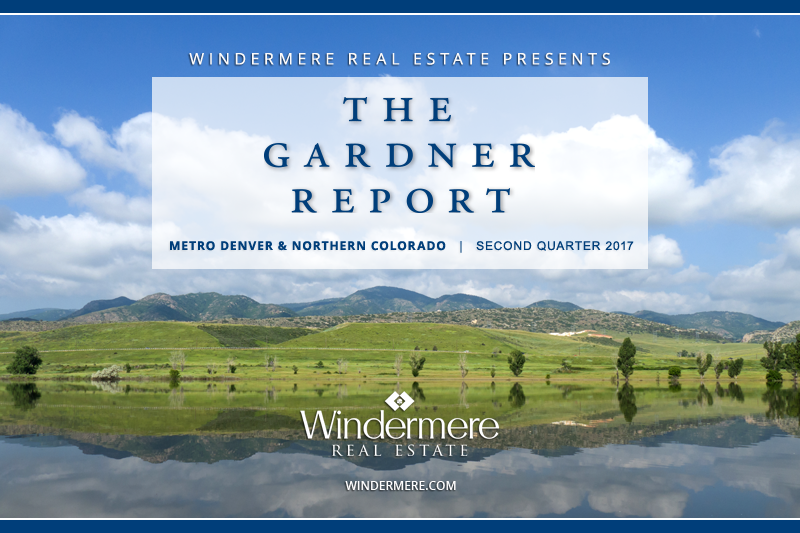You can download the 4-page PDF here: Gardner Report PDF Download
|
|||||||||||||||||||
|
|||||||||||||||||||
|
|||||||||||||||||||
|
|||||||||||||||||||
|

 A question we start to hear from clients this time of year is “am I better off waiting until the Spring to sell my home?”
A question we start to hear from clients this time of year is “am I better off waiting until the Spring to sell my home?”
The perception is that Spring is the busy time for home sales and that a Seller would be better served waiting to sell their home.
The reality is the numbers show that your odds of selling your home in the fall (and even the Winter) are just as good as the Spring. The reason is that the competition from other sellers is much lower in the Fall and Winter.
Let’s see what the numbers say…
We did an analysis of the number of homes that sold last year in each month versus the homes for sale that month and then looked at the ratio. For example, if 500 homes were for sale and 250 of them sold, the ratio would be 50%.
Here are the ratios for certain months in our 3 major Northern Colorado markets:
Fort Collins
Loveland
Greeley
So the numbers tell us that there is no advantage of waiting until the Spring.
Also, all of our clients who are listing their home now see the advantage of dealing with the “known” versus the “unknown” when it comes to interest rates, demand levels and other market factors.
If you would like to see the odds of selling in your particular neighborhood and your particular price range, contact me today.

Check out the FHFA recap video here:
Here is the data straight from FHFA’s report:
U.S. house prices rose 1.6 percent in the second quarter of 2017 according to the Federal Housing Finance Agency (FHFA) House Price Index (HPI). House prices rose 6.6 percent from the second quarter of 2016 to the second quarter of 2017. FHFA’s seasonally adjusted monthly index for June was up 0.1 percent from May.
The HPI is calculated using home sales price information from mortgages sold to, or guaranteed by, Fannie Mae and Freddie Mac. FHFA has produced a video of highlights for this quarter.
Significant Findings
Source: FHFA
The housing market is remarkably tight across the U.S., and you may be wondering if you should wait for home prices to slow before making your move. Windermere’s Chief Economist, Matthew Gardner, shares why waiting could end up costing you more money in the long run.
Should You Wait out the Housing Market?
The housing market is remarkably tight across the U.S., and you may be wondering if you should wait for home prices to slow before making your move. Windermere's Chief Economist, Matthew Gardner, shares why waiting could end up costing you more money in the long run.
Posted by Windermere Real Estate on Friday, August 18, 2017

You can download the 4-page PDF here: Gardner Report PDF Download
|
|||||||||||||||||||
|
|||||||||||||||||||
|
|||||||||||||||||||
|
|||||||||||||||||||
|